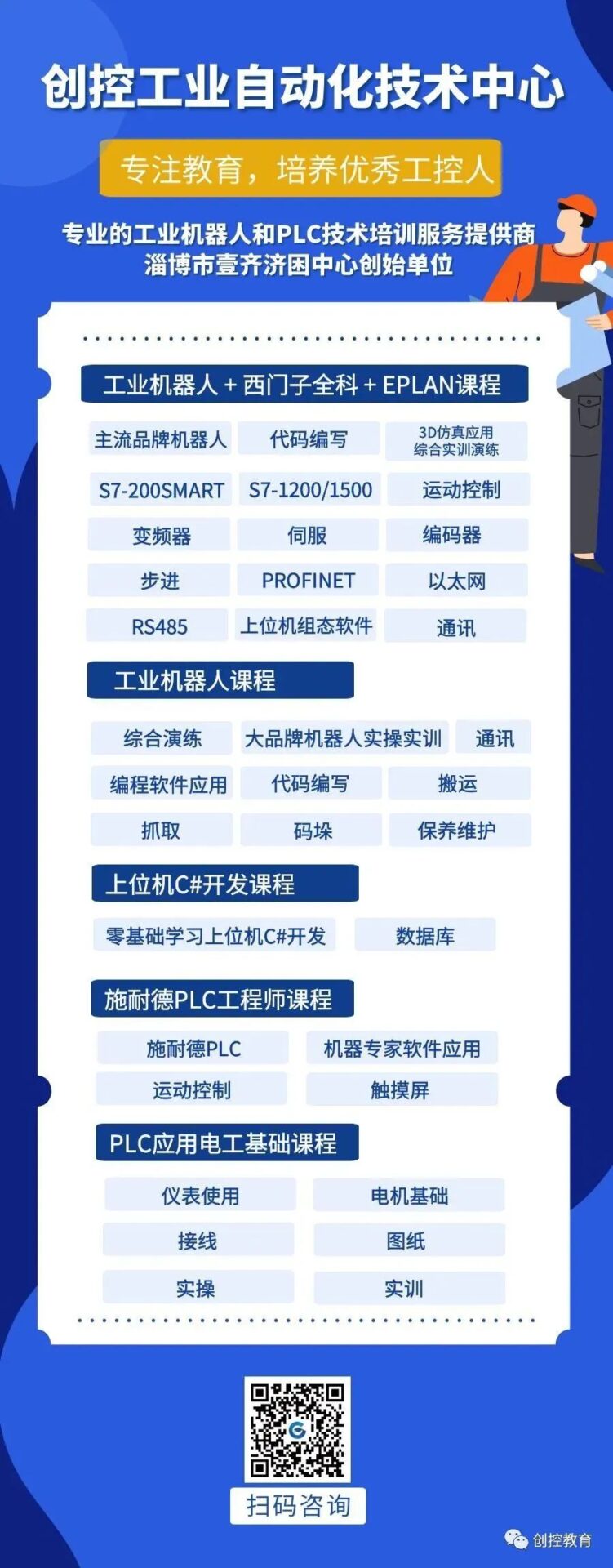Industrial automation is the wave of future industrial development. Only by keeping up with this trend can China’s automation industry flourish. The key to factory automation lies in the application of industrial control devices, and I will briefly introduce several essential industrial control products for the automation industry.
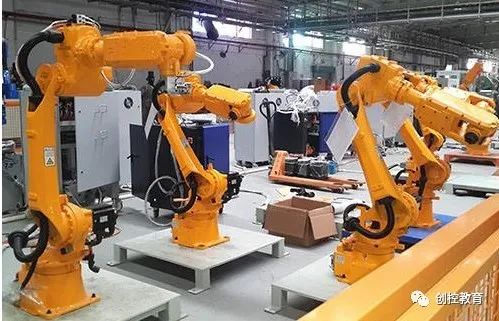
1. The brain of factory automation, the controller
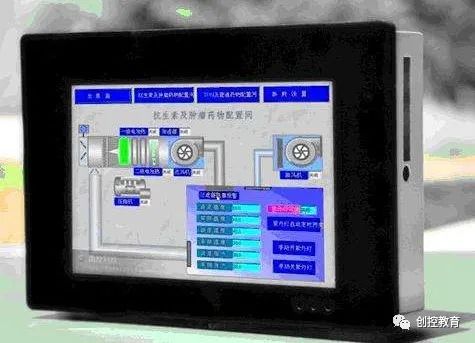
The controller refers to the main command device that changes the wiring of the main circuit or control circuit and alters the resistance value in the circuit according to a predetermined sequence to control the starting, speed regulation, braking, and reversing of motors. It consists of a program counter, instruction register, instruction decoder, timing generator, and operation controller, acting as the “decision-making body” that coordinates and commands the operations of the entire computer system.
Commonly used controllers in automated factories include PLC and Industrial Personal Computers (IPC).
The Programmable Logic Controller (PLC) uses a type of programmable memory to store programs internally, executing logic operations, sequential control, timing, counting, and arithmetic operations based on user instructions, and controls various types of machinery or production processes through digital or analog input/output.
The Industrial Personal Computer (IPC) is a type of industrial control computer that employs a bus structure to monitor and control production processes and electromechanical devices. IPCs possess important computer properties and features, such as a CPU, hard disk, memory, peripherals, and interfaces, and come with operating systems, control networks and protocols, computational capabilities, and user-friendly human-machine interfaces. The products and technologies in the IPC industry are very specialized, serving as intermediate products that provide reliable, embedded, and intelligent industrial computers for various sectors.
2. The steadfast executor of factory automation, the robot
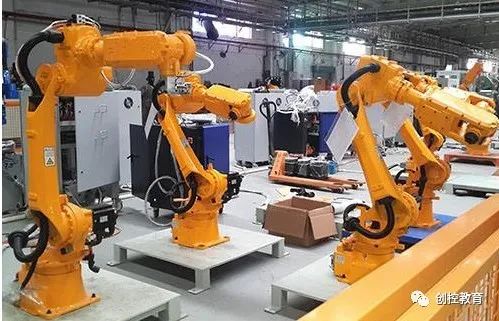
A robot is a machine device that automatically performs tasks. It can accept commands from humans, run pre-programmed tasks, or act based on principles set by artificial intelligence technologies. Its mission is to assist or replace human labor in fields such as manufacturing, construction, or hazardous tasks. Robots typically consist of actuators, drive devices, detection devices, control systems, and complex machinery.
3. The muscle providing power for factory automation, the servomotor

A servomotor is an engine that controls the operation of mechanical components within a servomechanism. It is an auxiliary motor for indirect speed regulation. Servomotors can control speed and position accuracy very precisely, converting voltage signals into torque and speed to drive controlled objects. The rotor speed of a servomotor is controlled by input signals and can respond quickly. In automatic control systems, it serves as an actuator with characteristics such as a small electromechanical time constant, high linearity, and starting voltage, converting received electrical signals into angular displacement or angular velocity outputs on the motor shaft. They can be categorized into direct current and alternating current servomotors, with the main feature being that there is no self-rotation when the signal voltage is zero, and speed decreases uniformly with increasing torque.
A servomechanism is an automatic control system that allows the output of an object’s position, orientation, or state to follow arbitrary changes in input targets (or set values). Servos primarily rely on pulses for positioning. Essentially, a servomotor will rotate by an angle corresponding to each pulse received, achieving displacement. Since servomotors can emit pulses themselves, each rotation generates a corresponding number of pulses, establishing a closed loop with the pulses received, allowing precise control of motor rotation and accurate positioning to achieve up to 0.001 mm. DC servomotors can be classified into brushed and brushless types. Brushed motors are cost-effective, simple in structure, have high starting torque, a wide speed range, and are easy to control but require maintenance (like carbon brush replacement), produce electromagnetic interference, and have environmental requirements, making them suitable for cost-sensitive ordinary industrial and civilian applications.
4. The sensor, the sense of touch for automation factories
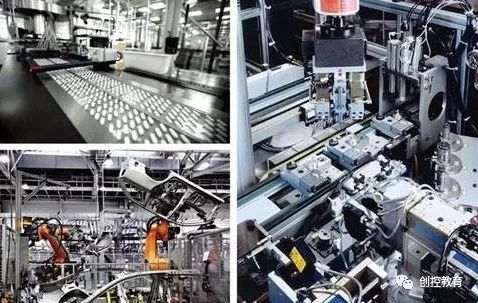
A sensor is a detection device that can sense measured information and convert it into electrical signals or other required forms of information output according to certain rules, meeting the requirements for information transmission, processing, storage, display, recording, and control. It is the primary link in achieving automatic detection and control.
In modern industrial production, especially in automated production processes, various sensors are used to monitor and control parameters during production, ensuring that equipment operates in normal or optimal conditions and that products achieve the best quality. Therefore, it can be said that without numerous excellent sensors, modern production would lose its foundation.
5. The variable frequency drive
A Variable Frequency Drive (VFD) is a power control device that uses frequency conversion technology and microelectronics to control the power supply frequency to AC motors. VFDs mainly consist of rectifiers (AC to DC), filters, inverters (DC to AC), braking units, drive units, detection units, and microprocessor units. VFDs adjust the output power voltage and frequency through internal IGBT switching to provide the required power voltage based on the motor’s actual needs, achieving energy saving and speed regulation. Additionally, VFDs have many protective functions, such as overcurrent, overvoltage, and overload protection.
6. The electromagnetic valve
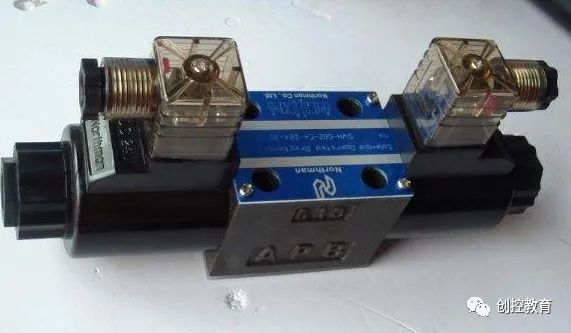
An electromagnetic valve is an industrial device controlled by electromagnetism, serving as a fundamental component for controlling fluids in automation, belonging to actuators, and applicable to both hydraulic and pneumatic systems. It is used in industrial control systems to adjust the direction, flow, speed, and other parameters of the medium. Mechanical enthusiasts can follow the WeChat account “Intuitive Mechanical Learning”. Electromagnetic valves can be configured with different circuits to achieve expected control, ensuring precision and flexibility. There are many types of electromagnetic valves, each playing a role in different positions within the control system, with the most common being check valves, safety valves, directional control valves, and flow control valves.
7. The industrial camera, the eyes of automation factories
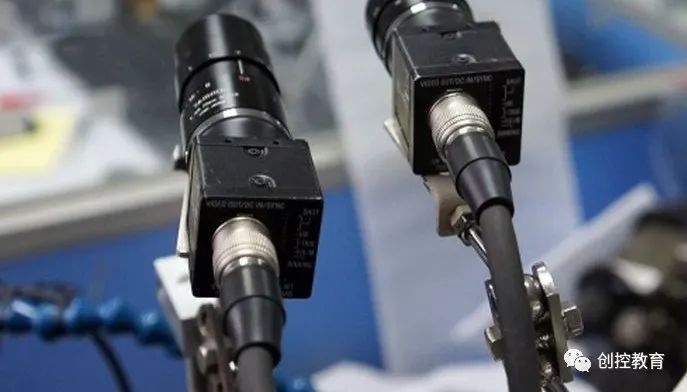
An industrial camera is a key component of machine vision systems, fundamentally converting light signals into orderly electrical signals. Choosing the right camera is also a crucial aspect of designing machine vision systems, as the camera directly determines the image resolution, quality, and is related to the entire system’s operating mode.
Industrial cameras are typically installed on assembly lines, replacing human eyes for measurement and judgment, converting digital images of targets into image signals, which are sent to dedicated image processing systems. The image system performs various calculations on these signals to extract target features and control field equipment actions based on the results.
8. Instruments and meters
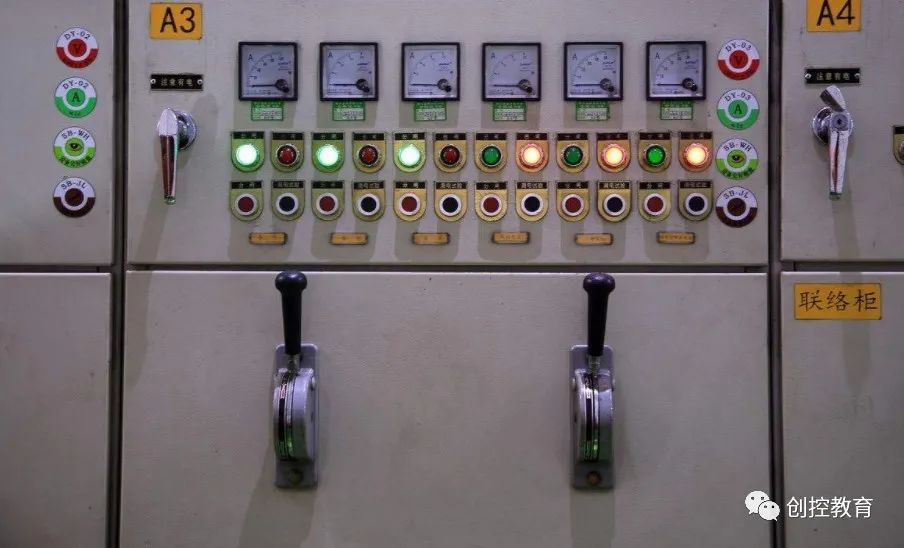
Instrumentation refers to tools or devices used to detect, measure, observe, and calculate various physical quantities, material components, and physical parameters. Vacuum leak detectors, pressure gauges, length measuring devices, microscopes, and multipliers are all examples of instruments and meters. Broadly speaking, instrumentation can also include functions such as automatic control, alarming, signal transmission, and data processing, such as pneumatic or electric control instruments used in industrial production process automation.
With advancements in microelectronics technology, instrumentation products have further integrated with microprocessors and PC technologies, enhancing the digital and intelligent levels of instrumentation. New technologies such as multimedia, human-computer interaction, fuzzy control, and artificial neural networks have been widely applied in modern instrumentation.
In automated factories, various instruments and meters are needed to measure parameters such as pressure, liquid level, flow, and temperature, which are essential for controlling processes.
9. Automation software
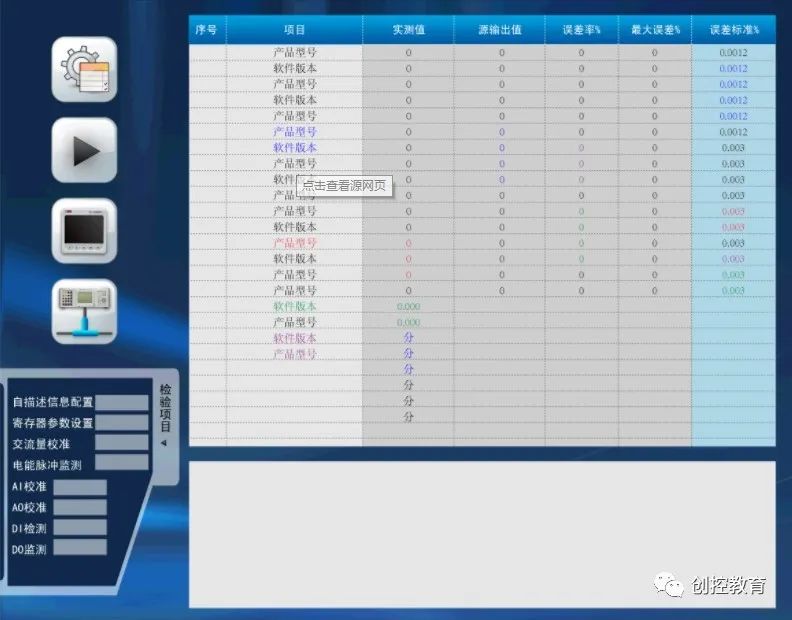
Automation software plays a crucial role in industrial systems, primarily for automating the scheduling and control of production processes. The rapid development of industrial control systems in technology, industry, and applications has gradually exhibited trends and characteristics of high integration, intelligence, and networking. As a result, industrial control systems are increasingly connected to traditional IT management systems and the Internet, employing common software, hardware, and protocols. A common example is SCADA automation software.
The Supervisory Control and Data Acquisition (SCADA) system is a data collection and monitoring system supported by computer technology to automate the scheduling and control of various production processes. Currently, SCADA software plays a significant role in data collection and supervisory control in industries such as oil and chemicals, and it is widely used in the supervision of water conservancy and electricity sectors. SCADA automation software can automate long-term precise monitoring of production without supervision, extracting effective information data to provide strong evaluation references for regulatory managers.
10. Control cabinets
Control cabinets include many types, such as electrical control cabinets, variable frequency control cabinets, low-voltage control cabinets, high-voltage control cabinets, pump control cabinets, power control cabinets, explosion-proof control cabinets, elevator control cabinets, PLC control cabinets, fire control cabinets, and brick machine control cabinets, among others.
In automated factories, various control cabinets are used for electrical, frequency conversion, power, pumps, etc., selecting different control cabinets based on different needs to achieve various control functions. The combined application of these devices can enable more stable and faster production in factories, maximizing efficiency and facilitating rapid enterprise development.
